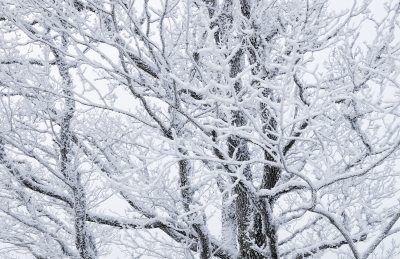
Texas weather is wholly unpredictable. This is especially true in ‘winter’ months when temperatures regularly fluctuate between extremes. The hot-one-minute-cold-the-next two-step isn’t only confusing, it also creates an expanding and contracting effect in your chimney.
The result? Potentially dangerous gaps and cracks in the mortar. Left untreated these minor issues could eventually disrupt your home’s central heating and cooling system or, worst case, cause your entire chimney to collapse.
Harsh elements may come without warning; all the more reason to be proactive. Here we’ll cover some of the most practical solutions to protect your chimney from harsh elements like snow and hail this winter.
Before you Protect it, Inspect it
Prior to spending for weatherproofing, crickets or caps take the time to complete an annual chimney inspection. Not only does the National Fire Protection Association require it, once a year inspections are simply common sense.
Not only will it keep your family safe, an inspection will clearly identify any vulnerable areas, which may need repairs. No point in protecting something that’s already been damaged! Schedule any chimney repairs before you begin implementing any winter protection measures.
Weatherproof your Chimney
The masonry that holds your chimney’s bricks together is notoriously porous, making it especially susceptible to moisture. The more water that’s absorbed by your chimney the more likely it is to erode and break down. Waterproofing materials can be added to the chimney’s exterior to prevent moisture penetration. Once you’ve had a chimney inspection that’s deemed your structure to be sound, have the exterior cleaned and call a professional to apply the weatherproofing.
It’s also important to note that even chimneys built with moisture-proof stones aren’t immune to water damage. That’s because they also require a mortar base between stones to create the chimney’s structure. No matter the material, protecting your masonry from water damage is essential during wet winter months when snow and freezing precipitation stay on your chimney longer than normal.
Use a Cricket to Divert Water
Rainwater and melting show can create serious run-off that’s likely to sweep right past your chimney. Protecting it from the flow is essential to the structural integrity. The easiest solution is to install a diverter known as a cricket. It’s a simple fix that can mean the difference between your chimney standing tall or folding under water pressure.
Add a Chimney Cap
Installing a chimney cap is both inexpensive and effective when it comes to protecting your chimney from moisture. Without it, your chimney is left vulnerable to large amounts of water anytime it rains, sleets or snows.
Ultimately, repairing or replacing your chimney is expensive. Preventing moisture damage doesn’t have to be. Get ahead of water damage and deterioration by implementing one of the protective measures above.






